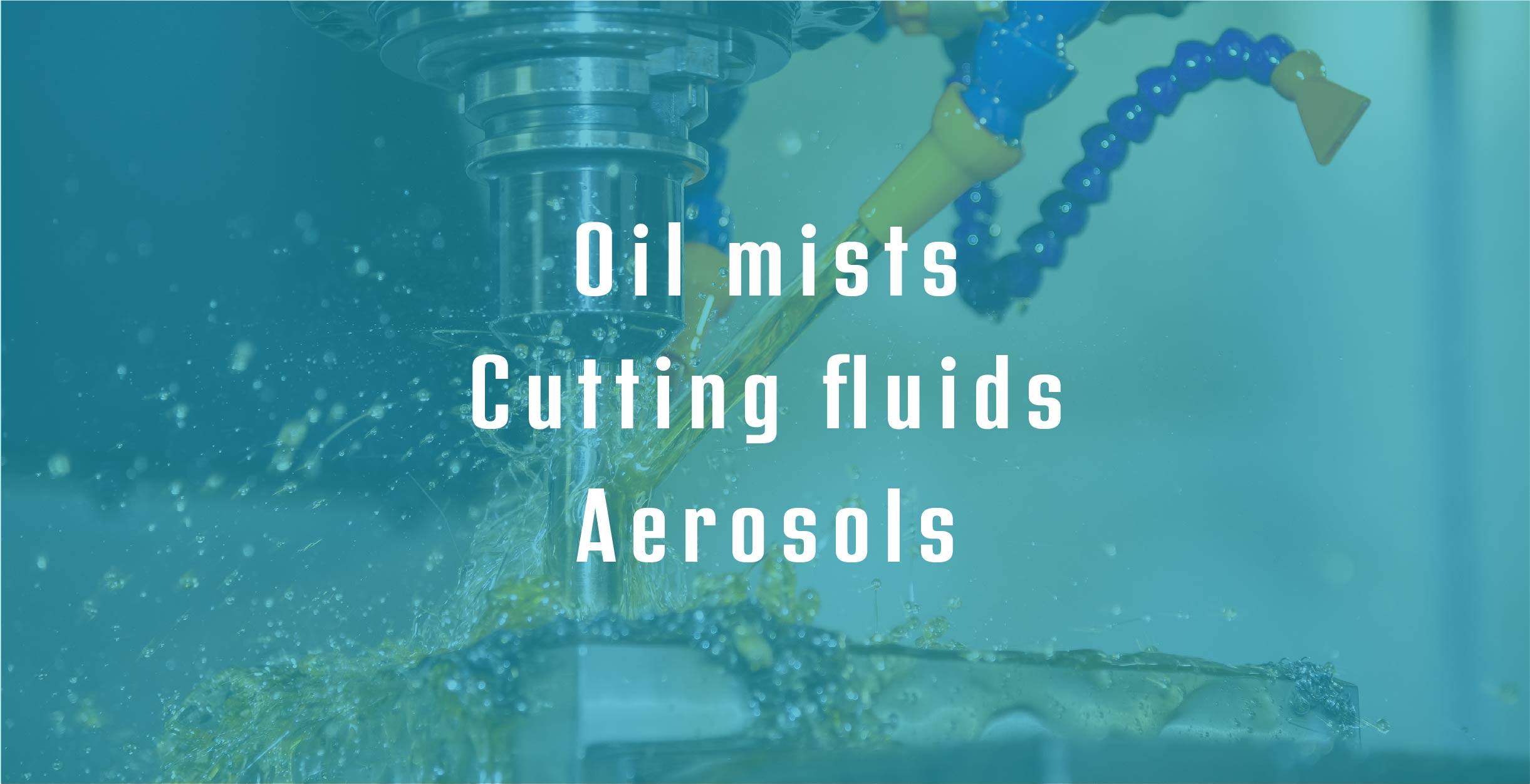A health problem to be treated in production workshops for a healthier and safer working environment.
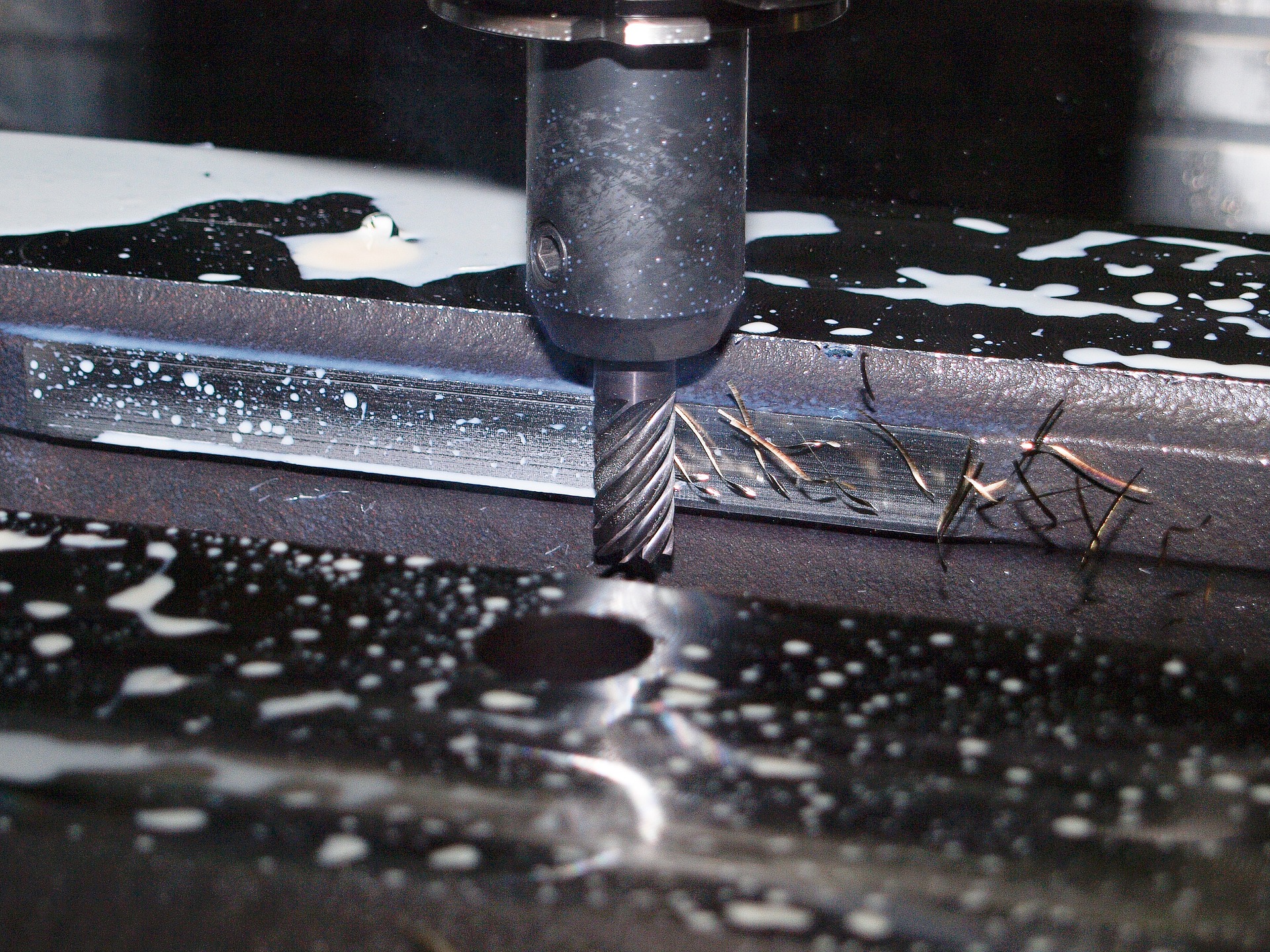 |
What is their origin? The metal processing trades work with various processes where the use of whole mineral oils or aqueous fluids is necessary. This is the case during metal removal or deformation operations: machining, sanding, stamping, undercutting, drilling, etc. Cutting fluids are identified as fluids intended for lubricating and cooling effects. Two categories exist: whole oils (based on petroleum oils or more rarely on synthetic hydrocarbons) and aqueous fluids (emulsions and microemulsions, water-soluble, solutions such as synthetic products such as polyglycols). |
|
These cutting fluids contain chemical additives, which makes them threatening to health. All of these additives are pollutants that spread during production proocesses in the form of vapors or aerosols on the working environment of operators. |
|
|
How to identify them? The cuttin fluids or "oil mists" can be identified by the shape and the phenomenon they produce. Workers may be faced with the formation of oily films on their workstation, which is one of the signs of their presence. In addition there may be bluish mists in the workshop, as well as hot or burnt oil odors. The control solution can be considered to determine the level of pollution in the workshops, and be adapted according to the type of pollutants. |
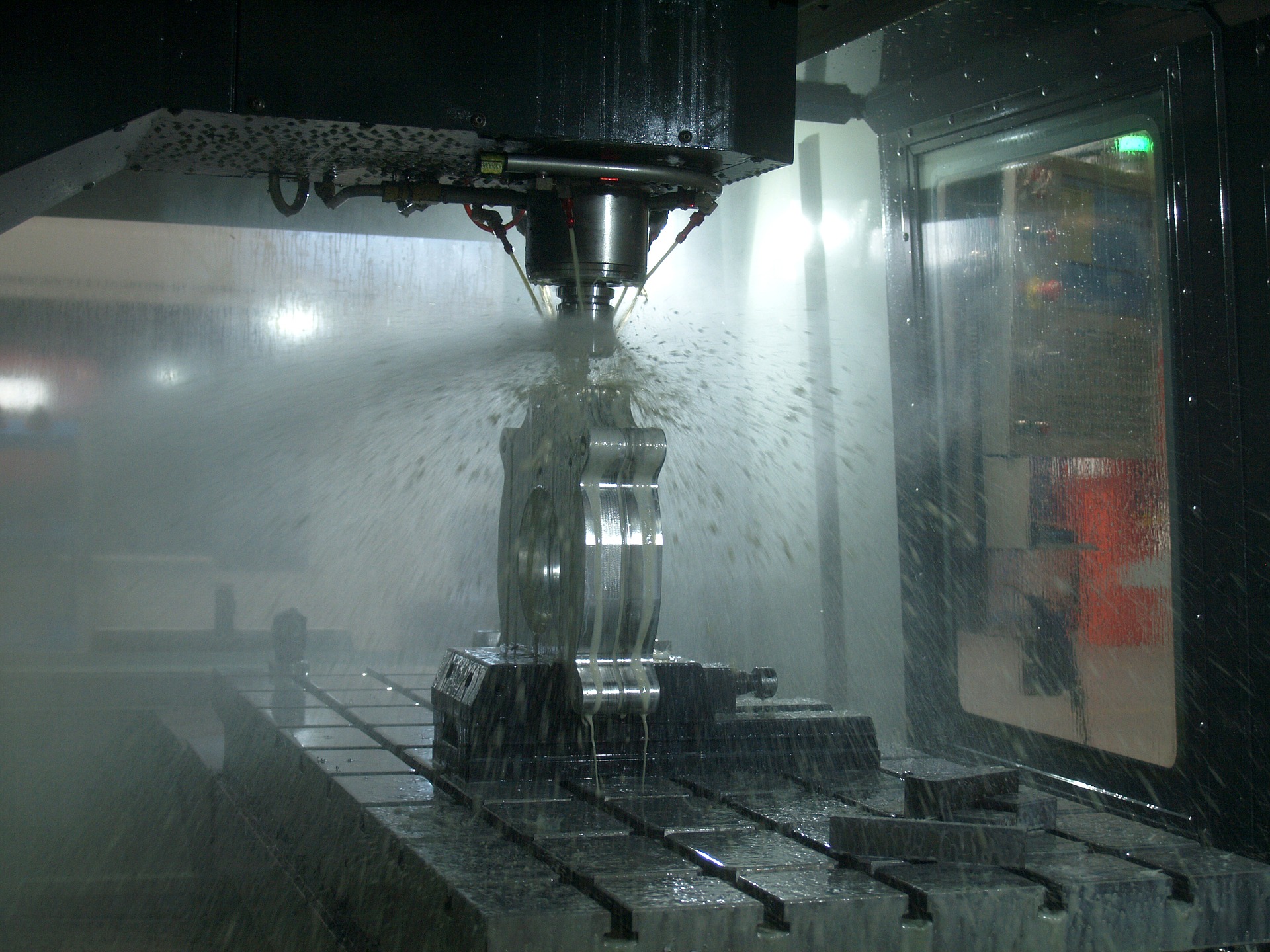 |
|
What are their effects on health? From the less dramatic risks such as the risk of falls or slips on the ground due to the formation of oily films, to more serious pathologies, the risk to the health and safety of workers is very present. Cutting fluids can be cause different pathologies:
|
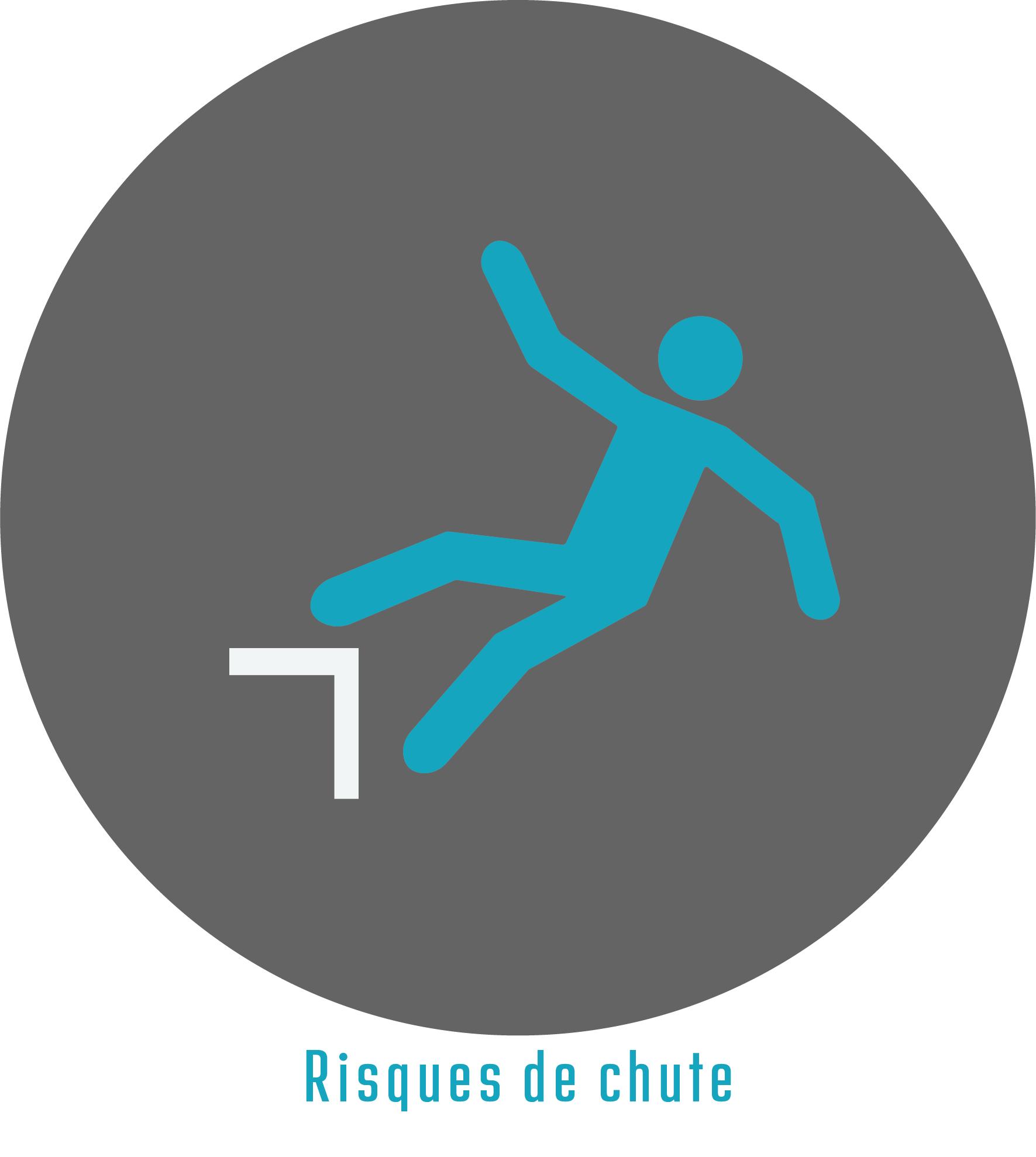 |
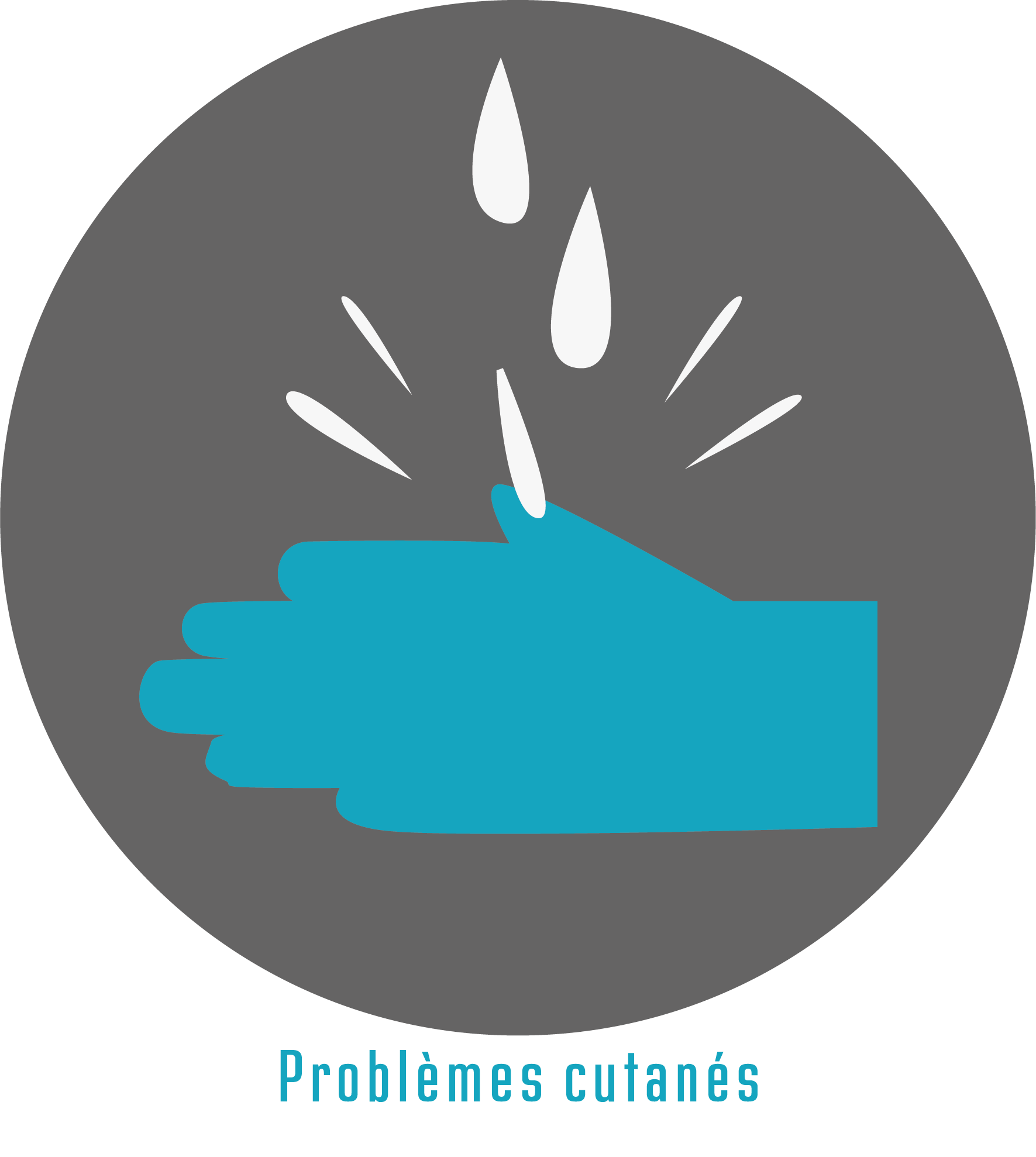 |
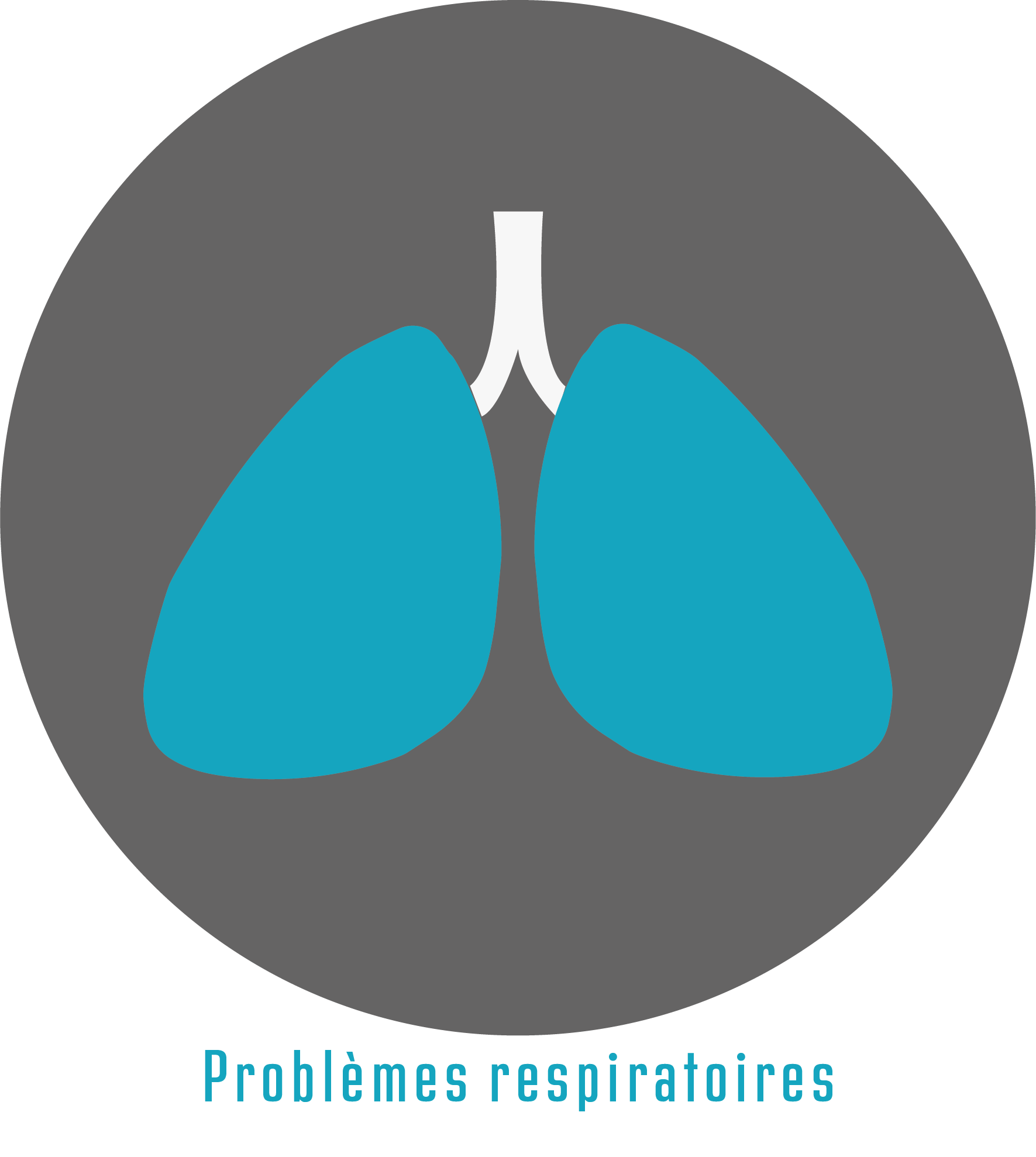 |
 |
|
Some of these illnesses can be recognized as occupational diseases. There is no French or European exposure limit value (ELV) for aerosols or cutting fluids. However, NIOSH (National Institute for Occupational Safety and Health) recommends a limit value of 0.5 mg / m3 for the inhalation fraction of the aerosol. But prevention of risks and taking them into account may be an asset. |
|||
|
How to treat them? In order to treat or anticipate the spread of these pollutants, various solutions are possible to capture the polluted air and treat it, allowing for a workshop where the circulating air is clean. According to INRS surveys, for collective protection, while 16% of establishments could be considered exemplary (general ventilation + source capture), 22% would have no ventilation installation. Between these extreme cases, the majority (41%) would have invested in a general ventilation system, and only 11% would have opted for collection on most machines or even 16% for partial collection. The INRS specifies that care must be taken to limit exposure to mists by means of adequate ventilation installations: machine hoods for optimum capture of emissions at the source. He recalls that given the fineness of the atmospheric particles generated by aqueous fluids, it is also necessary to check the efficiency of the purifiers. The combination of cyclonic spinning and coalescing filters with a large specific surface area remains the most effective filtration. One of the preventive measures is to reduce aerosol formation and exposure to aerosols. Collective prevention measures can be put in place to limit this exposure, such as reducing the often too high watering rates, but the major challenge remains to limit emissions thanks to more appropriate ventilation systems, in particular by capture at the source. . Cover the machines to promote “as close as possible” collection. Containment of machines and collection at the source with rejection of air to the outside after filtration, supplemented if necessary by effective general ventilation, makes it possible to reduce employee exposure. It is reminded that the ventilation installations must be checked and maintained in accordance with the regulations. The CATTINAIR teams are at your disposal to advise you and assist you in your filtration and ventilation systems.
Text produced with the support of the INRS database. |




